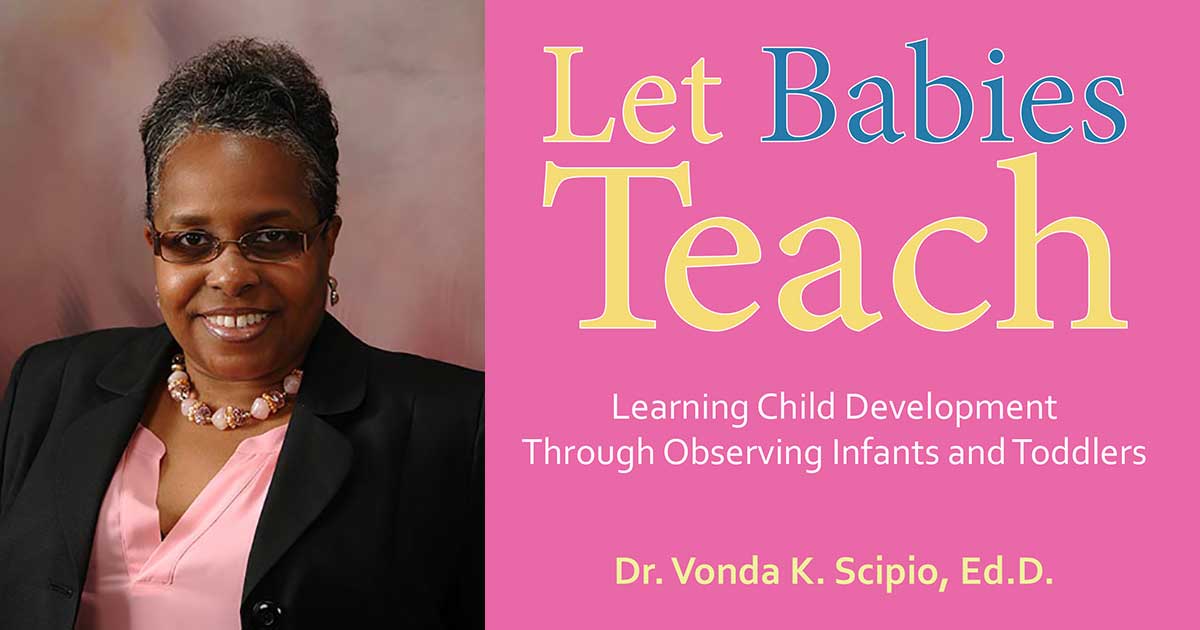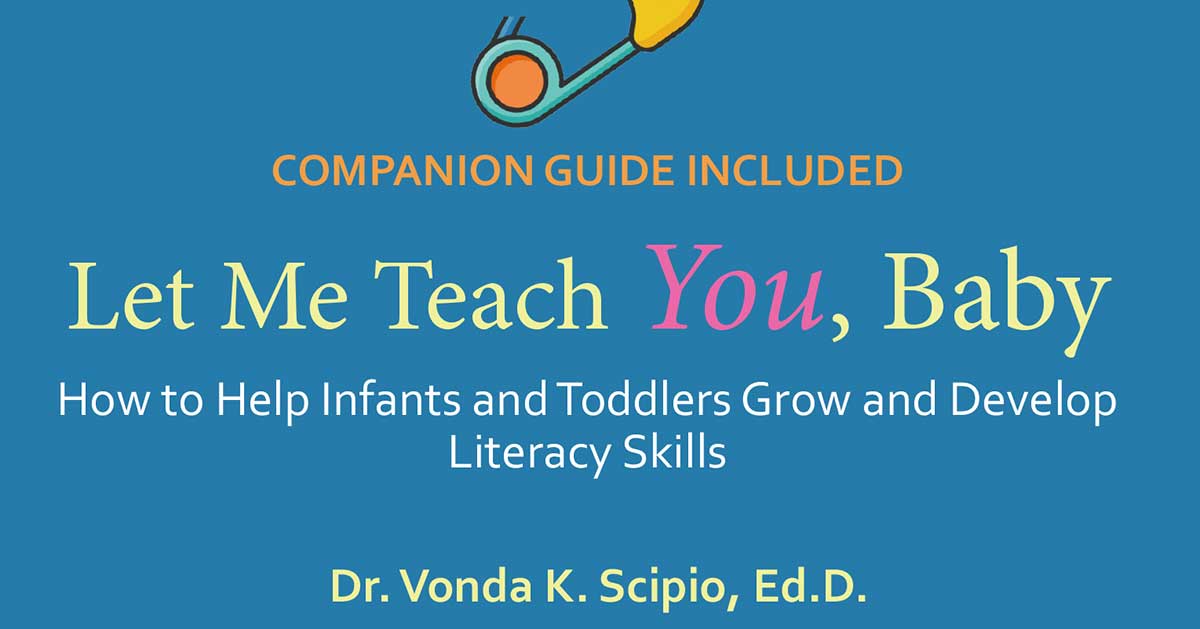Advertisement
Mom
New Books Show Parents How to Control Temper Tantrums
Parents know all too well about the “terrible twos,” which have been named for good reason. Two-year-old tantrums are indeed terrible. Toddler outbursts seem to happen at the worst possible times, and your little angel turns into an unrecognizable wild banshee — screaming and crying in public, demanding your attention, and causing a scene.

However, Dr. Vonda Scipio is here to give you hope. Scipio, a mother, grandmother, and early childhood education expert, is on a mission to help parents avoid such temper meltdowns. She offers steps for before, during, and after these tantrums occur. Her mission is called “From The Start Training,” and it is to empower parents as first teachers to help infants and toddlers reach their developmental milestones in those challenging years.

Scipio has authored two new books, Let Babies Teach and its companion guide, Let Me Teach You, Baby, which outline the self-control skills needed to keep your child in check and enable them to develop optimally.

Scipio, who has advocated for children and families for more than 18 years, recommends that parents start by using a higher level of nonverbal communication during a tantrum. She suggested it’s the key to helping toddlers calm down.
https://youtu.be/fxU0doyMUOY
She breaks her advise down into three stages — before, during and after a tantrum.
Before a tantrum:
- Parents need to become an expert on their child’s behavior.
- Know the two reasons for tantrums: Children either want what they can’t have or don’t want to do what must be done.
- There are triggers that set the tantrum in motion (i.e., time of day, smells, noise, crowds, etc.).
During a tantrum:
- When children want what they can’t have, be firm, lower your tone, ignore the child if he or she is safe, do not offer comfort, and inform him or her that you will talk to and hug them when they calm down.
- When they don’t want to do what must be done, be firm, lower your tone, do not ignore, provide assistance to help them do whatever the task is (cleaning up toys, putting on coat, etc.), do not offer comfort, and inform them that you will talk to and hug them when they calm down.
After a tantrum:
- When they return to a regulated state, reiterate the rules. For example: “When mommy says you can’t have the toy, that’s what she means.” Give them words for their emotions (angry, hurt, mad, etc.).
- Designate a consequence for the tantrum.
- Offer compassion, hugs, and kisses.
You can also sign up for Scipio’s free “Top Ten Terrific Toddler Tips.”
*Bonus Video*
Need some more tantrum-stopping tips?. Check out this video!










